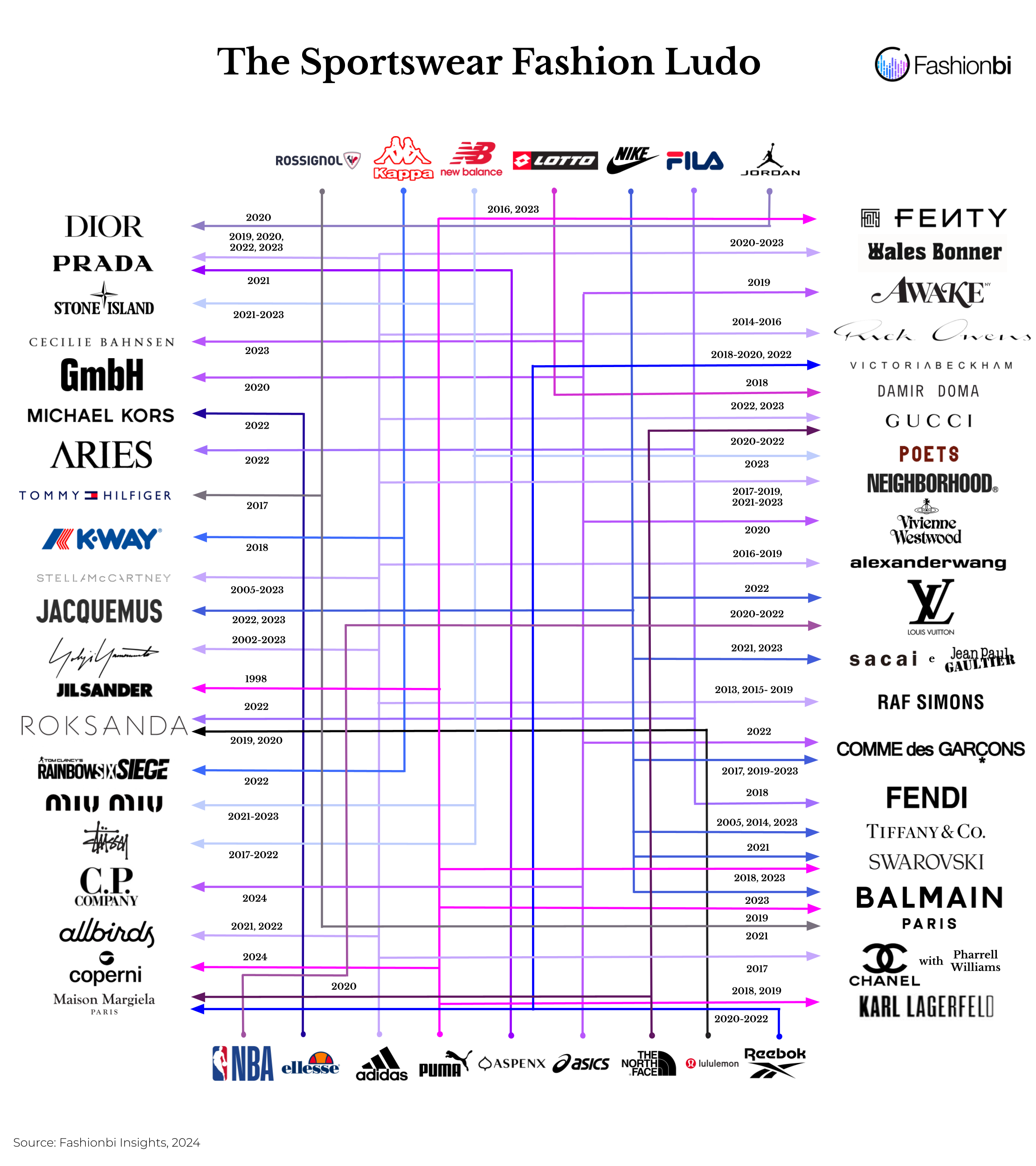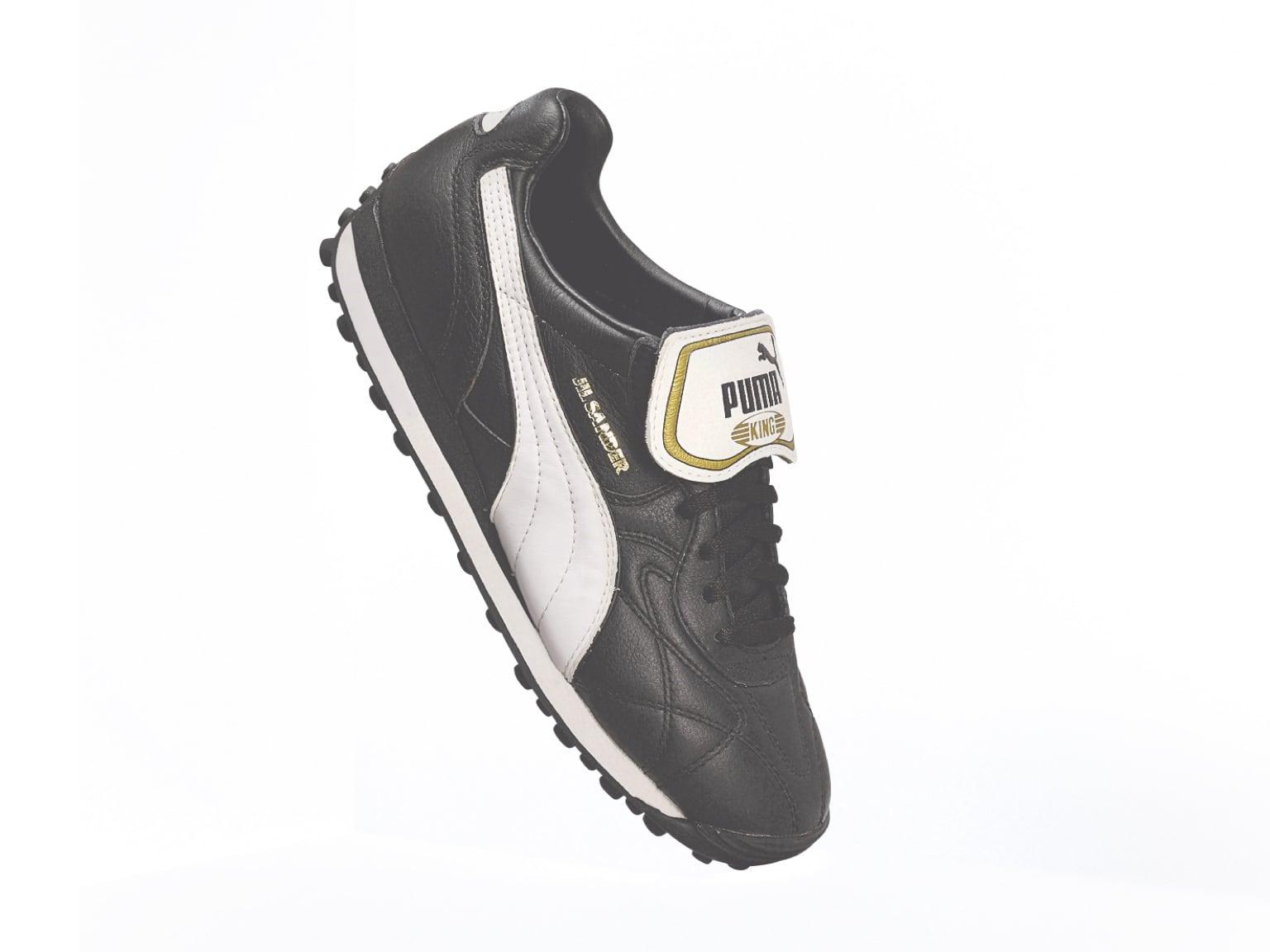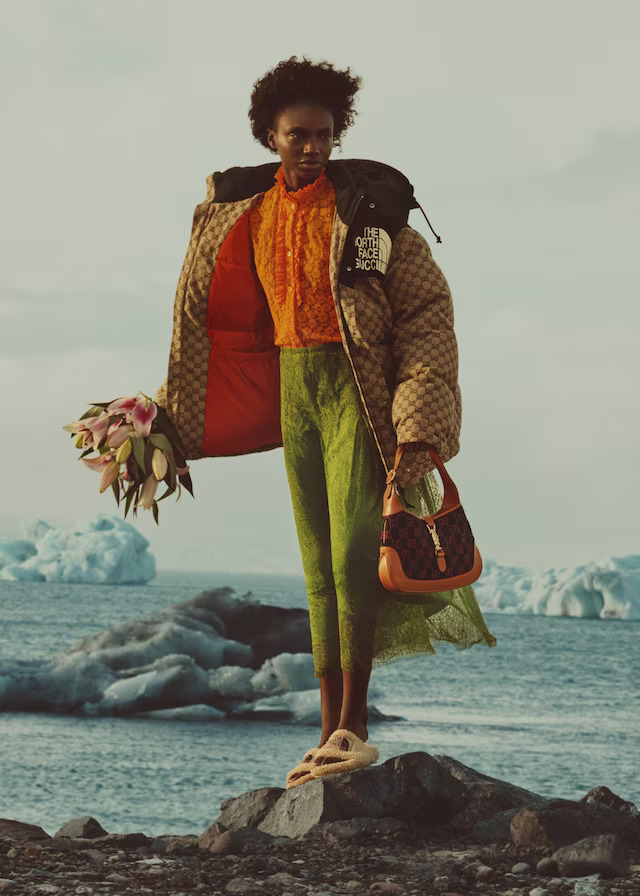Luxury labels are carefully reanalyzing their target and values, while incorporating collaboration with other brands to explore new avenues. This strategic approach allows luxury brands to tap into different markets and expand their reach. By partnering with other brands, they can leverage each other's strengths and create unique and innovative products that cater to the ever-evolving consumer demands.
The Scope of Luxury Sportwear Market
In the following years, sports and street sports in fashion got more attention and are estimated to grow even faster thanks to Gen Z and Millennial customers. With their Streetwear Impact Report, Hypebeast and Strategy& found that 72% of the younger generation think sneakers as the best-selling products in activewear brands, followed by 58% for T-shirts and hoodies. However, luxury brands have elegance and high-end as their core values. These values hindered the labels from following the streetwear trend in fashion in sports. Therefore, this alliance gave luxury brands an opportunity to show their rebellious and cool personality in activewear brands. Now, the number of luxury brands who are collaborating with sports brands in fashion is higher than the vice versa.
The collaboration between activewear brands and luxury brands has led to the emergence of a high-end activewear category and luxury sports brands. This partnership has brought together the functionality and comfort of activewear with the style and prestige of luxury fashion. By combining technical performance fabrics with high-end design and craftsmanship, these collaborations have created a new market segment for consumers who seek both performance and luxury in their sportswear. As a result, luxury sports brands have gained popularity, offering a range of upscale activewear products that cater to the growing demand for fashionable yet functional athletic apparel. This fusion of performance and luxury has not only expanded the options available to consumers but has also elevated the status of activewear within the fashion industry, blurring the lines between sportswear and high fashion, leading to the emergence of high end activewear and luxury sport brands.
Convergence of Sportswear and Luxury
Sports brands are adapting to the changing market landscape by experimenting with their product performance. They understand the importance of staying ahead of the competition and meeting the needs of fashion and sports enthusiasts. This constant drive for improvement and innovation has led to the emergence of luxury activewear and luxury sportswear.
This fusion of high-end fashion and sports apparel has the potential to redefine the fashion industry, particularly in the sports sector. The sportswear market alone is projected to reach a staggering $231.7 billion by the end of 2024, highlighting the immense growth potential in this segment.
Emergence of Collaborations
It all began with the collaboration of Jil Sander and Puma, two brands renowned for their innovation in fashion and sportswear, who unveiled a stunning sneaker collection in 1998. This collaboration marked the beginning of a new era, where the worlds of fashion and sports would merge in unprecedented ways.
The combination of Jil Sander's impeccable design aesthetic and Puma's expertise in athletic footwear resulted in a collection that was both stylish and functional. The success of this collaboration paved the way for future partnerships between fashion and sports brands, creating a trend that would captivate the world.
Pharell Williams x Chanel x Adidas
In 2017, another groundbreaking fashion phenomenon occurred when Pharrell Williams, an icon of both music and style, joined forces with two top brands, luxury brand Chanel and athletic brand Adidas, to create a line of luxurious Hu NMD sneakers.

This collaboration brought together the worlds of high fashion and sportswear, resulting in a collection that was both fashionable and technologically advanced. The Hu NMD sneakers combined designer athletic wear with cutting-edge sneaker technology, making them a must-have item for fashion-conscious individuals and fitness enthusiasts alike. The exclusivity of the collection added to its appeal, as the highly sought-after sneakers were made available for purchase exclusively on the renowned Colette online store. This partnership between Pharrell Williams, Chanel, and Adidas solidified the status of the Hu NMD sneakers as a symbol of the perfect union between sportswear and luxury, representing the best of both worlds in the realm of sports brands.
Sportswear and Jewellery Brands
Tiffany & Co. and Swarovski, renowned jewellery brands, were pioneers in collaborating with fitness clothing brands like Nike and Puma. They adorned the iconic sneakers of these active wear brands with silver and stone embellishments, creating limited editions that appealed to Gen Z shoppers and affluent millennials.
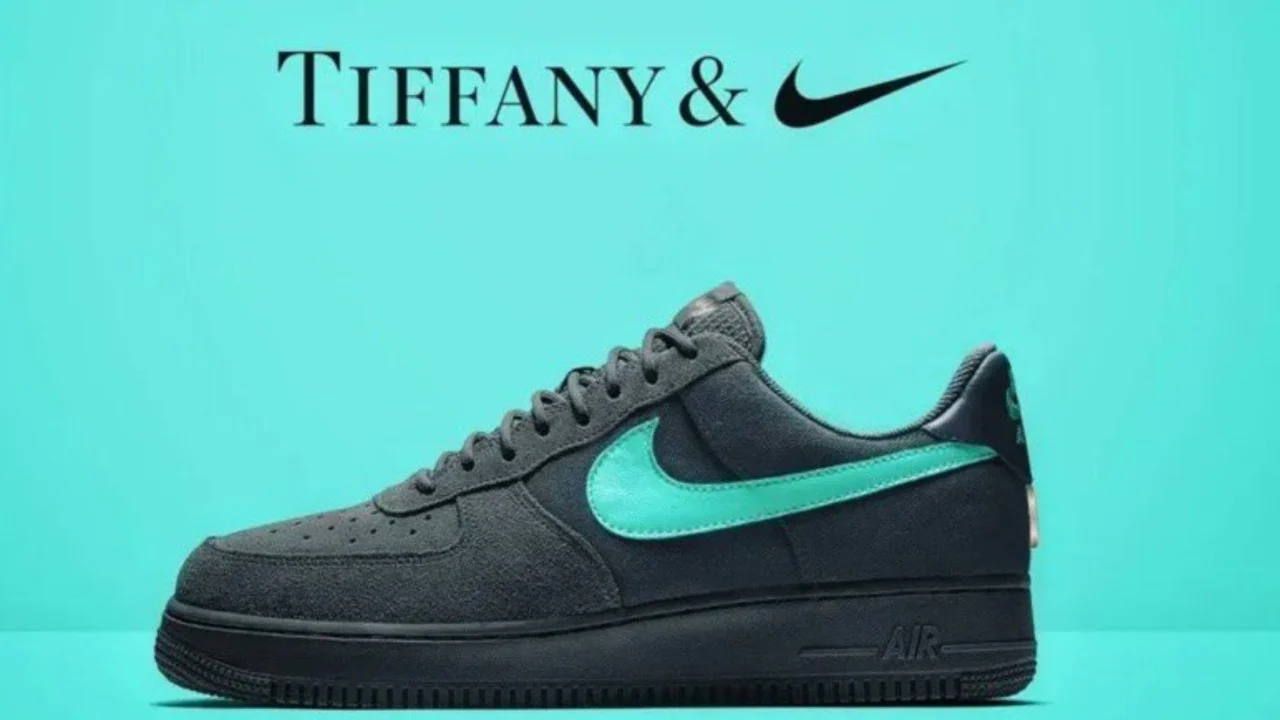
Tiffany & Co. and Nike's collaborative sneakers were exclusively available at Nike SNKRS, selective retail stores of Nike, as well as Tiffany & Co.'s NYC and Soho flagships. This marked a significant entry of luxury jewellery brand like Swarovski and fine jewellery brand like Tiffany & Co. into the sportswear market, catering to a demographic seeking a fusion of luxury and sportswear.
Luxury Ski Collections
Premium fashion brands such as Balmain, Prada, Gucci, Roksanda, and Comme des Garçons have engaged in multiple collaborations with sports brands. Additionally, Michael Kors, Prada, and Damir Doma have ventured into partnerships with Ellesse, AspenX, and Lotto, launching exclusive ski collections.
Luxury brands embraced the winter season with a flurry of ski collections designed to merge fashion with functionality. Gucci's Après-Ski line offered a luxurious take on winter essentials, featuring collaborations like Gucci x Adidas alongside shearling handbags and puffer boots. With attention to detail, the collection included stylish yet practical elements such as aluminum trolleys by FPM Milano, ensuring that even on the slopes, one could embody the unmistakable Gucci aesthetic.
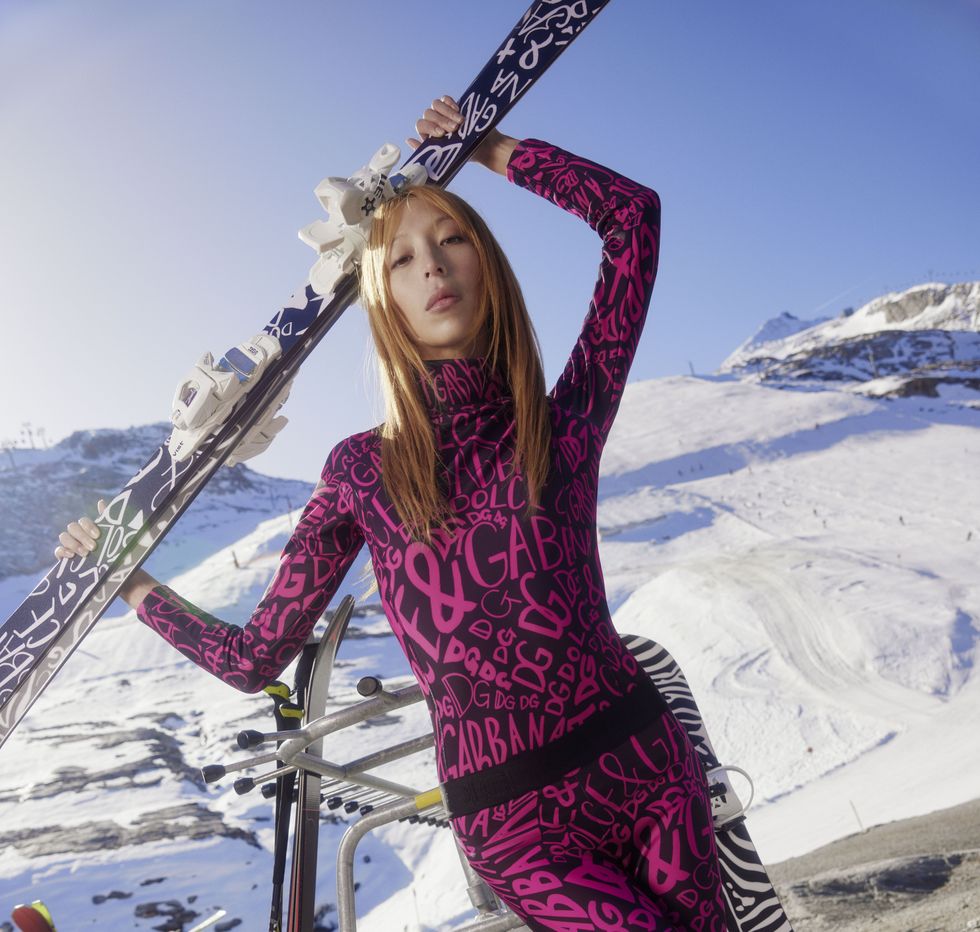
Meanwhile, Khaite brought its signature minimalism to the ski slopes with statement pieces like metallic cropped puffers and baby-soft fair isle cashmere knits, perfect for making a fashionable entrance both on and off-piste. Michael Kors partnered with Ellesse, infusing Italian sportswear silhouettes with a metropolitan flair, resulting in a collection that seamlessly transitioned from city streets to snow-covered slopes. Additionally, MyTheresa collaborated with Dolce & Gabbana to create a ski capsule destined for the Italian Alps, featuring the brand's iconic all-over script print on technical nylon long johns, puffers, and jumpsuits, ensuring style met functionality even in sub-zero temperatures.
These collaborations have not only redefined the boundaries of American sportswear fashion but have also captured the attention of luxury activewear brands enthusiasts, reflecting the evolving preferences of consumers. In essence, these partnerships symbolize the growing trend of brand collaborations within the sportswear industry, blurring the lines between high fashion and athletic apparel.
Convergence of Brand Identities
In the realm of athletic clothing brands, the fusion of fashion and sportswear has become a prominent trend. Several fashion brands are partnering with top athletic brands like Nike and Adidas to create products that boast unique and fashionable designs.
But often, the collaboration does not include a new product. It is just a mere play with the logo and combination of each brand’s identity and values in the existing products.
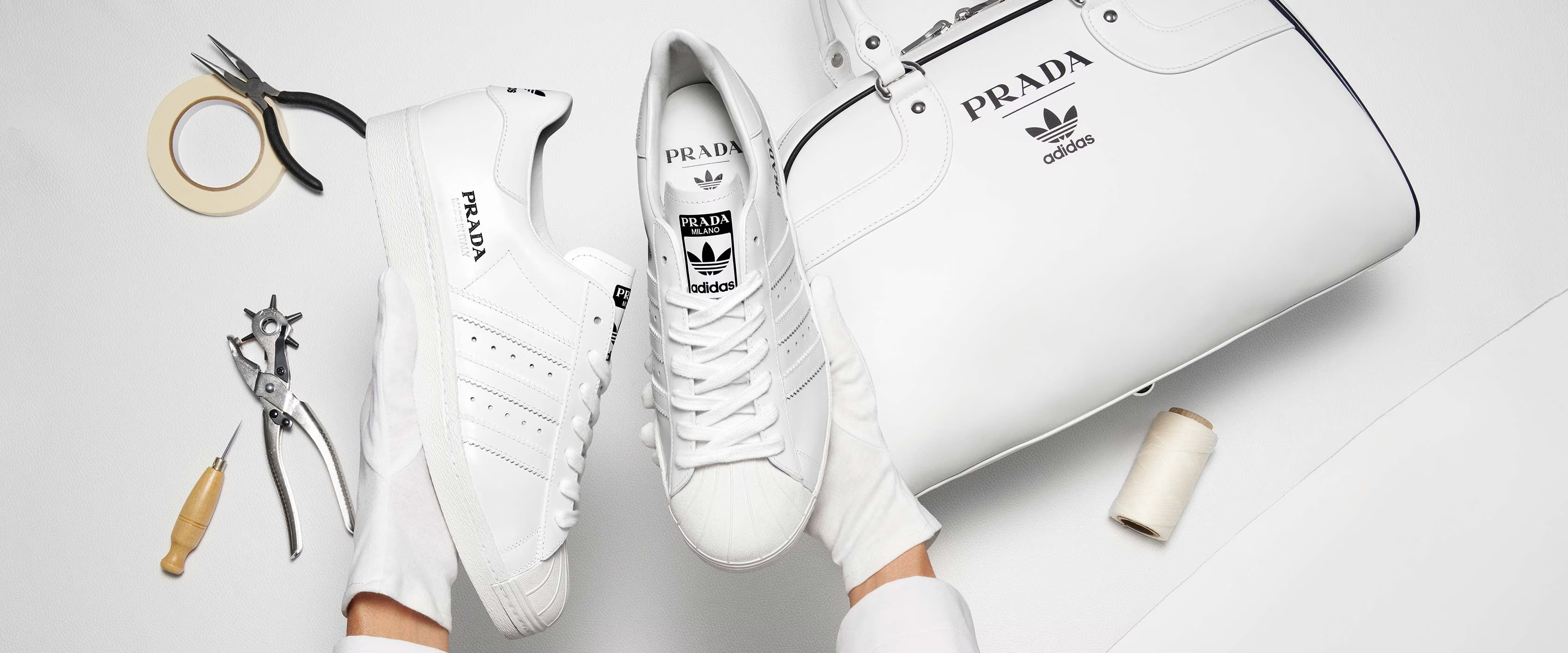
Adidas x Prada and Nike Jordan x Dior are ideal examples for this. Even though The North Face drove this trend by joining forces with Gucci several times infusing creativity with functionality in their collections, the main players are Nike, Adidas and Puma.
Long-time Collaborations of Sportswear Brands
While Nike, a globally recognized and highly esteemed sportswear brand, has undoubtedly made its mark in the industry through various collaborations with brands from diverse sectors, Adidas has chosen a distinct path by fostering enduring and mutually beneficial partnerships. This unique approach is clearly demonstrated by the establishment of sub-labels such as Y-3 in collaboration with the visionary designer Yohji Yamamoto in 2003, Adidas Originals by Wales Bonner in the year 2020, and the highly successful Adidas by Stella McCartney in 2005.
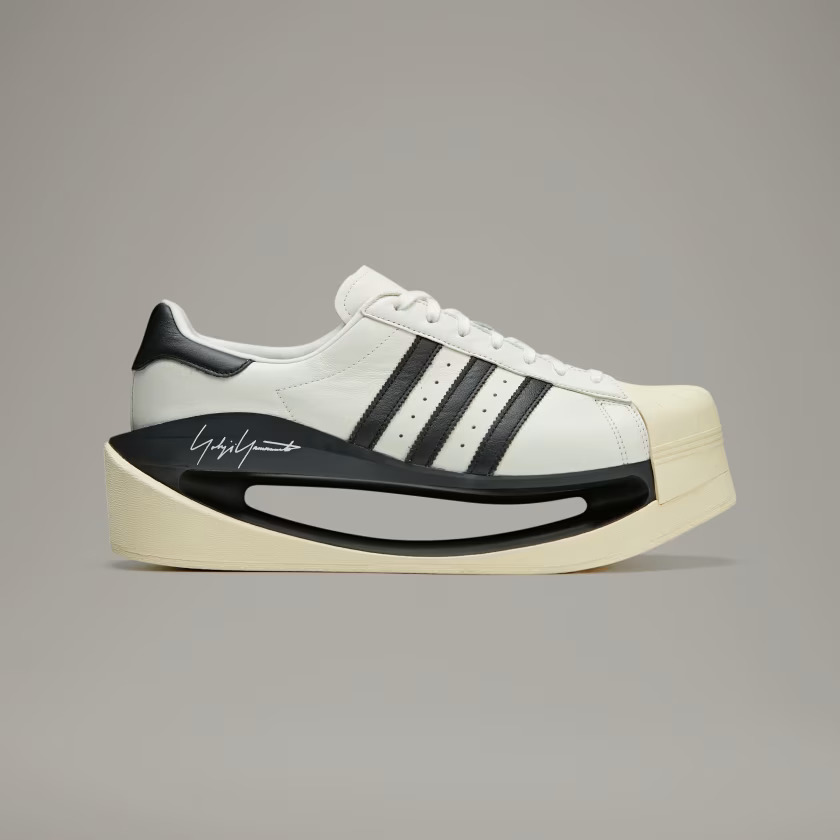
By strategically forging these alliances, Adidas has effectively solidified its strong connections with esteemed fashion labels within the athletic clothing industry. This strategic maneuver has not only allowed Adidas to expand its global reach but has also significantly enhanced its appeal, resonating with a wider audience that appreciates the fusion of fashion and sportswear.
Reselling Luxury Sportwear
As luxury and sports brands collaborate to create powerful and trend-setting collections, the demand for these products continues to soar. The resell prices of these collaborative collections often exceed their original value by a staggering ten times, indicating the strong appeal and value of these limited-edition pieces. It is evident that the best street brands are not just keeping up with the times; they are leading the way in shaping the future of fashion and sport, setting new standards and pushing boundaries. This collaboration-driven trend has the potential to become a classic phenomenon over time, as it combines the allure of luxury with the functionality of sportswear. By embracing this fusion, luxury and sports brands are not only expanding their customer base but also creating a new paradigm in the fashion industry. The future looks promising for this powerful trend, as it continues to captivate consumers and redefine the boundaries of fashion and sport.
The Problem of Counterfeit
The collaboration trend between luxury brands and sports brands has not only resulted in unique and fashionable products, but it has also helped sports brands combat counterfeit issues. In the past, sports brands often faced significant challenges with counterfeit products being created using their brand identity and logo without proper authorization. This unauthorized use of their trademarks not only posed a threat to their reputation but also resulted in financial losses. However, by partnering with luxury brands, sports brands have found a way to address these issues effectively.
Through these collaborations, sports brands have been able to establish various strategies for ensuring the authenticity of their products. By leveraging the expertise and reputation of luxury brands, sports brands have gained access to advanced anti-counterfeit technologies and practices. These collaborations have allowed sports brands to implement robust authentication measures, such as unique serial numbers, holograms, and specialized packaging, making it increasingly difficult for counterfeiters to replicate their products.
Shift in perception of Luxury and Sportswear
Furthermore, the collaboration trend has brought about a significant shift in the perception of sports brands in the fashion industry. Once primarily associated with athletic performance and functionality, sports brands have now become synonymous with style, luxury, and exclusivity. This transformation has not only elevated the status of sports brands but has also opened up new avenues for creativity and innovation in the world of luxury sportswear.
Luxury Brands Foray into Sportswear
Nowadays, customers have the option of choosing to turn to luxury brands when thinking of their sportswear needs. For example Dior, known for its high-end fashion, has also made a foray into sportswear, offering a blend of luxury and athletic functionality with a capsule collection called Dior Vibe
. The brand has introduced a range of sportswear products that cater to the growing demand for high-quality athletic apparel with a touch of luxury. Dior offers a range of stylish and functional sneakers designed for both performance and fashion. The brand provides a selection of activewear including leggings, sports bras, and tops crafted from high-performance materials. Dior also offers sporty accessories such as caps, visors, and sunglasses.
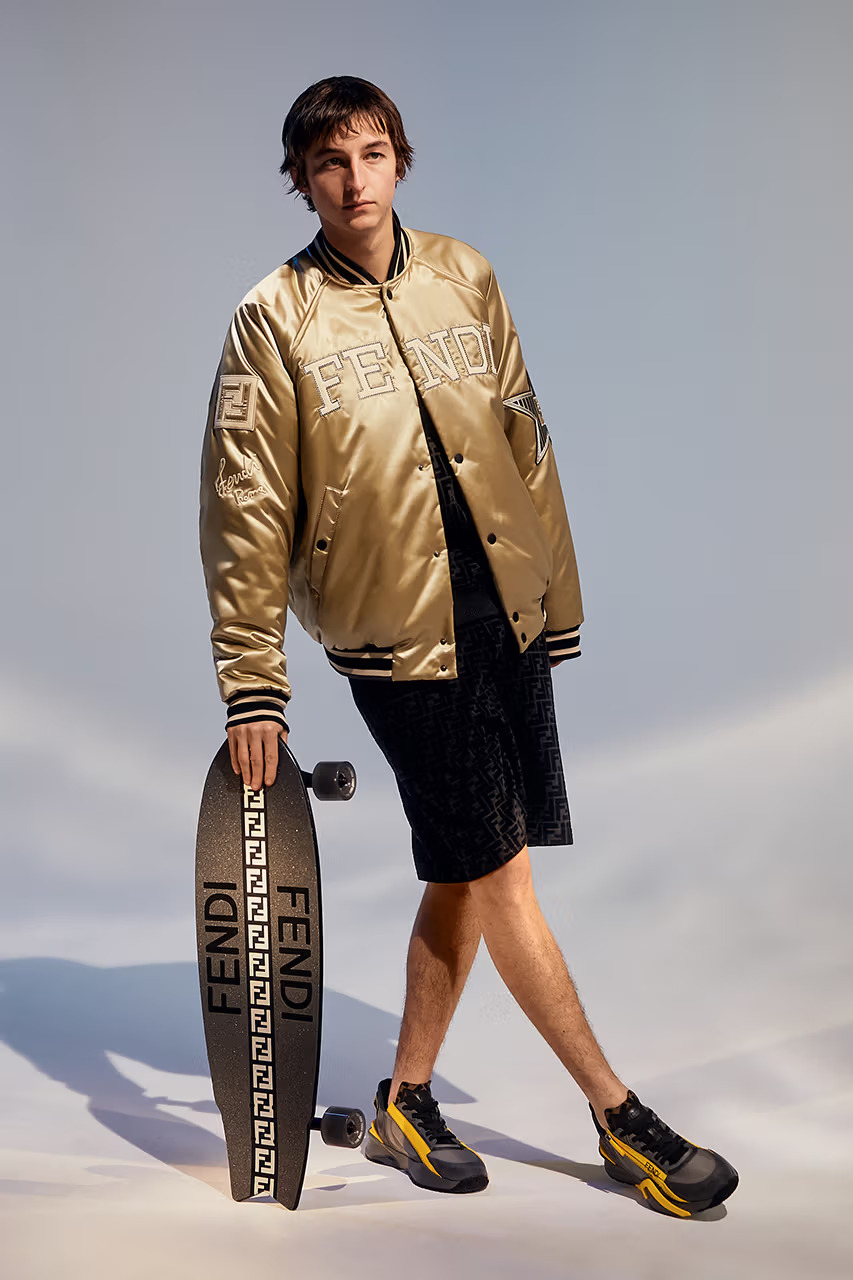
Similarly, Fendi launched sportswear during 2020-2021. Fendi's inaugural activewear collection drew inspiration from classic basketball and track attire, featuring roomy silhouettes and a color palette reflecting the brand's signature brown and mustard yellow. Utilizing technical fabrics with traditional artisanal techniques, the collection emphasized functionality while paying homage to Fendi's heritage, including a nod to the year of its founding with a 25
jersey. Additionally, the release included the Basketball-inspired Roma high-top sneaker, blending iconic branding with comfort-focused design elements.
In conclusion, the collaboration between luxury brands and activewear brands has proven to be a win-win situation. These fitness brands have successfully tackled the counterfeit issue by implementing effective authentication strategies, while luxury brands have expanded their reach into the lucrative sportswear market. This partnership has not only protected the trademarks and reputation of sports brands but has also brought about a new era of creativity and innovation in the world of luxury sportswear.
Cover Image Courtesy: Nike official website
Image Sources: Puma official website, Hypebeast, Adidas official website, Robb Report, South China Morning Post, Elle Magazine, Prada official website, Gucci official website
Article Tags: brands collaboration, best sports brands, luxury athletic wear, sportswear high fashion, sportswear fashion brands, luxury sportswear brands
